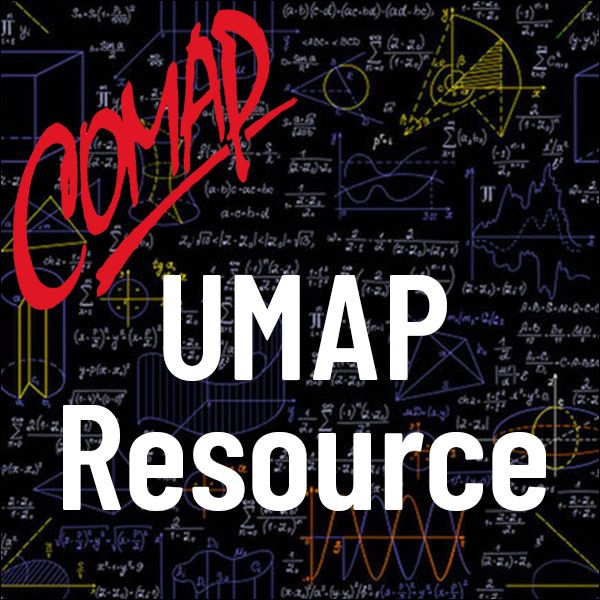Limitless Calculus via Ethereal Numbers
Author: Paul T. Fjelstad
Newton and Leibniz were independent originators of the calculus in the last half of the seventeenth century, and both thought in terms of infinitesimals, at least initially. Infinitesimals were somewhat problematic, and their use was severely criticized, most notably by Bishop Berkeley. It took two centuries, however, before the concept of limit was formally defined, which was then accepted as the correct way to do calculus. Then, about 30 years ago, Abraham Robinson, using some high-powered ideas from algebra and logic, came up with the nonstandard real numbers, a formally defined extension of the reals having both infinitesimals and infinities [1966]. The approaches of Newton and Leibniz were thus in a way vindicated, and Keisler [I9761 and Henle and Kleinberg 119791 show how calculus can be done using this number system. The infinities are helpful in many places, but most of the time the results needed for elementary calculus are arrived at via the infinitesimals. This article reports on ideas developed by students concerning a number system that has infinitesimals but no infinities.

Mathematics Topics:
Application Areas:
You must have a Full Membership to download this resource.
If you're already a member, login here.